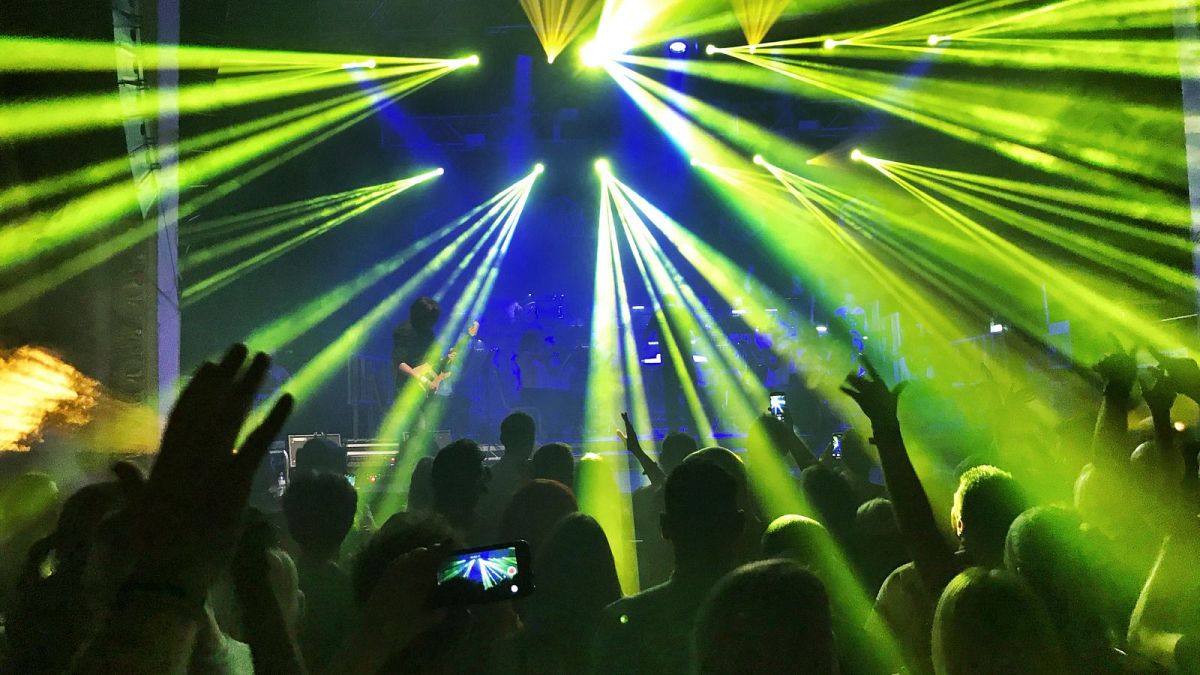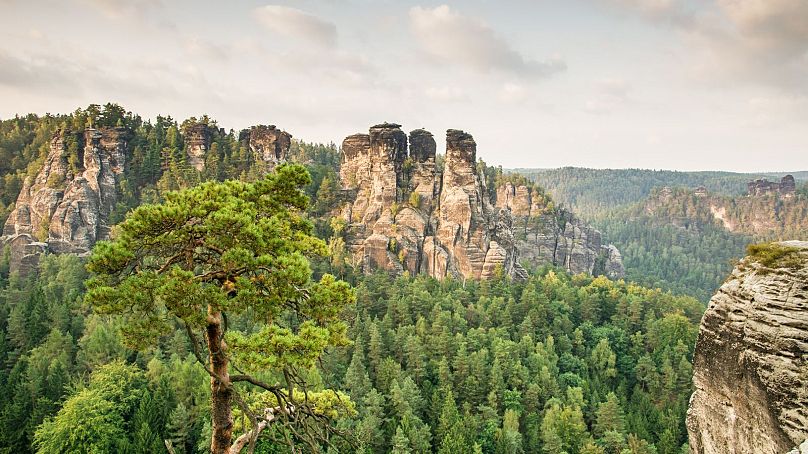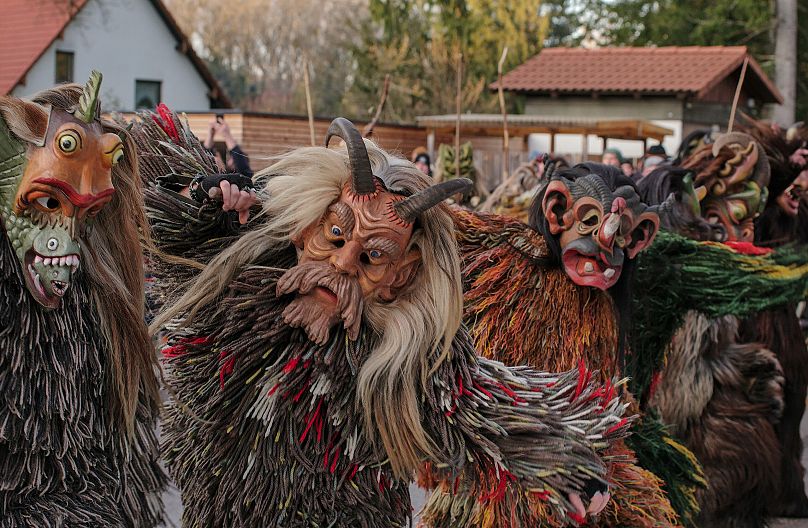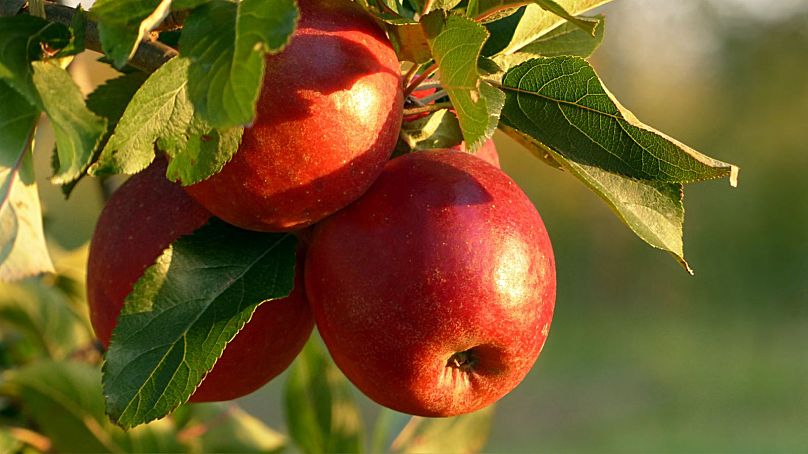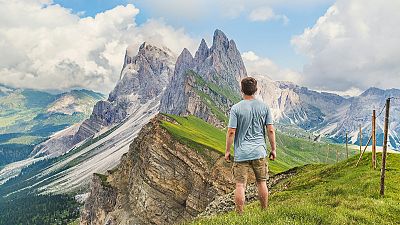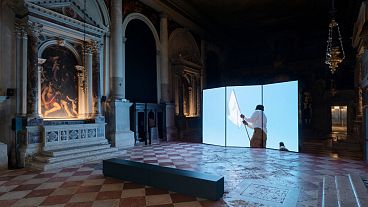Berlin's unique club culture has been honoured by the German national registry, along with five other German traditions.
Ravers, rejoice. Berlin's techno scene has been included on the German national registry of Intangible Cultural Heritage, along with five other German traditions.
"The Nationwide Inventory of Intangible Cultural Heritage illustrates which living cultural traditions and expressions are practiced and transmitted in Germany. It recognizes creative and diverse cultural expressions and their wealth of traditional knowledge," the German Commission for UNESCO's website states.
These latest additions now make there a total of 150 cultural heritage entries in Germany.
'A major milestone'
The German capital city has long been known for its vibrant techno club scene, which originated in the early 90s and signified a resilience and return to optimism following the fall of the Berlin Wall.
"In the years after reunification, one-third of East Berlin was empty," Tobias Rapp, a culture writer and author, told NPR.
"There was nobody living there. It was a ghost town. So young people like me and others, we took spaces. You have an empty warehouse or an old factory that is empty, and you go in and you squatted, and you say, 'This is ours.' And you have this huge space and you say, 'What can I do with this?' You make a party," he added.
No matter the crisis, Berliners know that dancing is the answer.
In more recent years, however, the city's nightlight has faced increased struggles due to the Covid-19 pandemic, rising costs and stagnant wages.
A non-profit company called 'Rave the Planet' had been leading the campaign for Berlin's techno scene to become part of UNESCO, organising dedicated raves in 2022 and 2023.
“Congratulations to all the cultural creators who have shaped and contributed to Berlin's techno culture,” they said in a statement on social media. “This is a major milestone for the entire culture, and our joy is beyond words.”
"The recognition of Berlin techno culture as a UNESCO World Heritage Site is another milestone for Berlin techno producers, artists, club operators and event organizers," said Clubcommission Berlin.
"The decision will help us that club culture is recognized as a valuable, protective and promoting section. While operas, theaters and concert halls have long been recognized as part of culture, music clubs struggle to be considered, for sure, as a full-fledged part of culture," they added.
Being considered part of UNESCO Cultural Heritage will allow Berlin's techno clubs to access more government funding and support, along with extra protection under planning laws.
What other German traditions have been added?
Mountaineering in Saxony
One of the most historically significant areas for climbers, its addition to the list also honours the 'boofen', AKA holistic outdoor accommodation for climbers and campers to sleep in.
The Finsterwald singing tradition
Traditional three to four-part a cappella singing, this has become an important form of expression within the Brandenburg city.
The Kirchseeoner Perchtenlauf
Creepy but kind of beautiful? This winter parade in Bavaria features a parade of people dressed in furry monster costumes, which are considered to bring good luck!
Schwalm whitework
A traditional sewing technique in which delicate white motifs are embroidered on tightly woven light linen.
Viez
A sweet apple wine that can also be made from pear and quince. Its cultivation "strengthens biodiversity and shapes the image of the cultural landscape in the Moselle-Franconian-speaking area," according to the UNESCO Commission.
